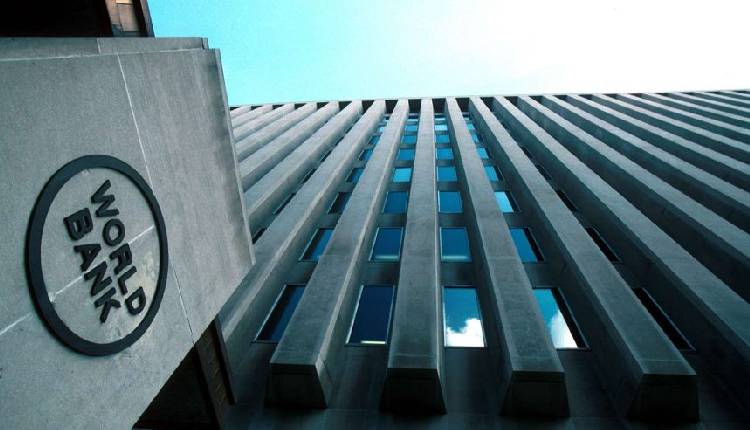The World Bank (WB) revised on Thursday its growth forecast for South Asia upward to 6.4 per cent from earlier projections of 6 per cent, citing strong domestic demand in India and faster recoveries in most of most of the region’s countries.
“Unlocking untapped potential by increasing women’s participation in the labour force and opening further to global trade and investment could help the region grow even faster and achieve its development goals, says the World Bank in its twice-yearly regional outlook.” the World Bank noted according to its latest South Asia Development Update, Women, Jobs, and Growth.
The region’s growth is expected to remain robust at 6.2 percent a year for the next two years.
The report recommends a multifaceted approach to enhance gender equality and economic growth in South Asia. This includes legal reforms to promote gender equality, measures to accelerate job creation, and addressing barriers that hinder women’s participation in the workforce, such as inadequate transportation, childcare, and eldercare. However, these measures would be more effective if accompanied by a shift in societal norms that support women’s employment.
Another critical area for reform is increasing trade openness. Many South Asian countries have some of the most restrictive trade policies globally, limiting their ability to benefit from the evolving global supply chains. By promoting greater export orientation within the region, the World Bank believes, South Asian countries can not only boost economic growth but also create more jobs, particularly for women.
“South Asia’s outlook is undoubtedly promising, but the region could do more to realise its full economic potential,” Martin Raiser, World Bank Vice President for South Asia, noted.
“Key policy reforms to integrate more women into the workforce and remove barriers to global investment and trade can accelerate growth. Our research shows that raising female labour force participation rates in the region to those of men would increase regional GDP by up to 51 percent.”
South Asia: Country Outlook
World Bank’s economic outlook for all South Asian countries except Bangladesh and Maldives has been upgraded from six months ago.
India’s economic growth is now projected to reach 7.0 per cent for the 2024/2025 fiscal year, up from the earlier estimate of 6.6 per cent. This upward revision is attributed to the “larger-than-expected” agricultural output and policies to foster employment growth contributing to increased private consumption.
In Bangladesh, output growth is projected to slow to the range of 3.2 to 5.2 per cent (with a mid-point of 4 per cent) in the 2024/2025 fiscal year. This slowdown is attributed to several factors, including heightened uncertainties that are expected to dampen investment and industrial activity. Additionally, agricultural growth is projected to moderate following the recent floods.
For Pakistan, its economic recovery will continue buoyed by the relaxation of import restrictions and anticipated policy rate cuts. Such factors are expected to lift the country’s growth to 2.8 per cent in the 2024/2025 fiscal year.
In Sri Lanka, output is projected to grow 3.5 per cent in 2025 buoyed by stronger-than-expected rebound in industrial activity and tourism, and on condition of debt restructuring and planned reforms being still on track.
Bhutan’s economy is anticipated to grow by 7.2 percent in the 2024/2025 fiscal year on the back of faster-than-expected recovery in tourism and strong public investment at the beginning of a new five-year plan.
For Maldives, its output growth is projected to remain modest at 4.7 per cent in 2025, if major bilateral government debt repayments can be rescheduled, the World Bank noted.
In Nepal, growth is expected to pick up to 5.1 per cent in the 2024/2025 fiscal year buoyed by an expanding hotel sector, growing tourist arrivals and strengthening industrial sector.
Attribution: The World Bank



